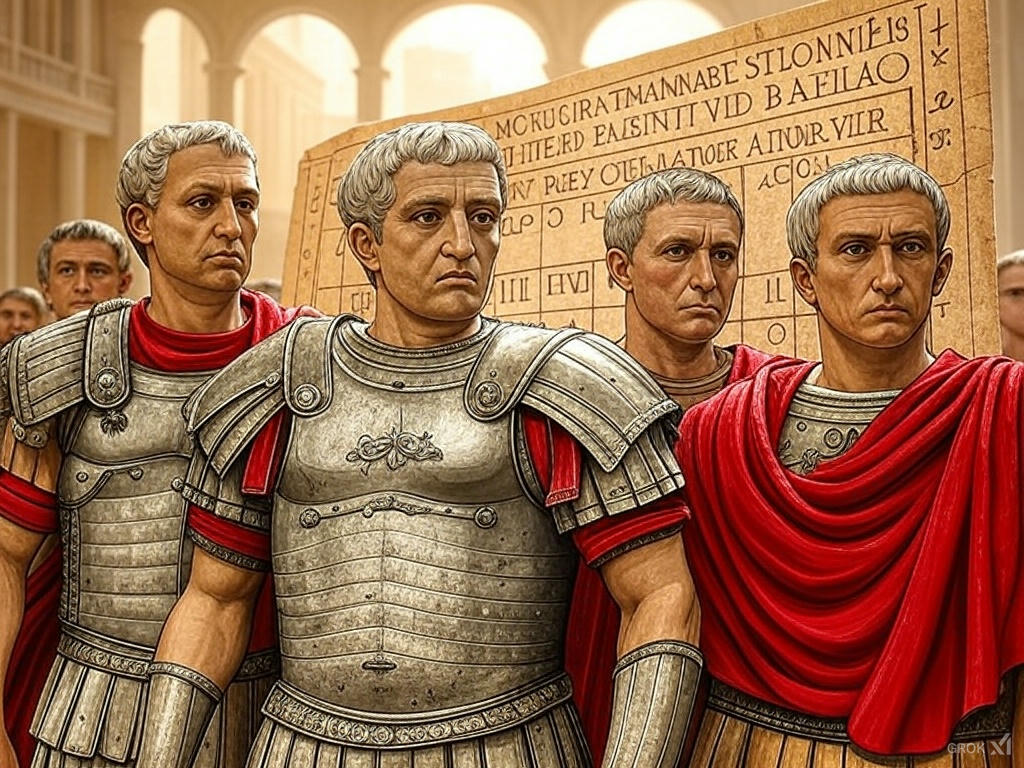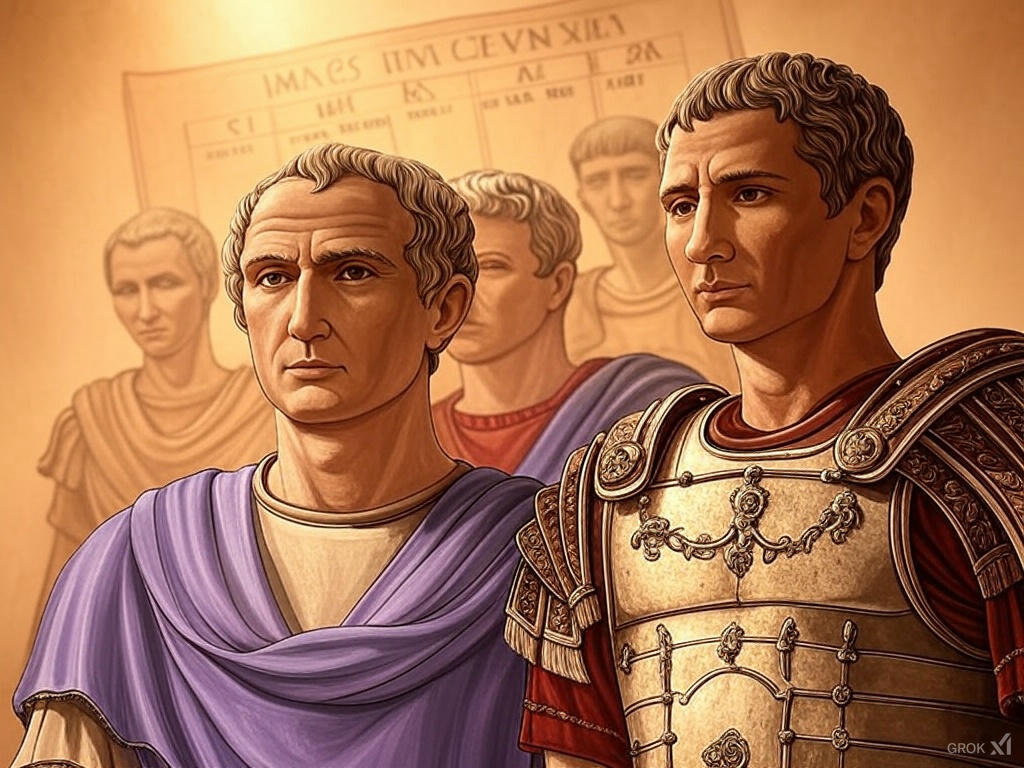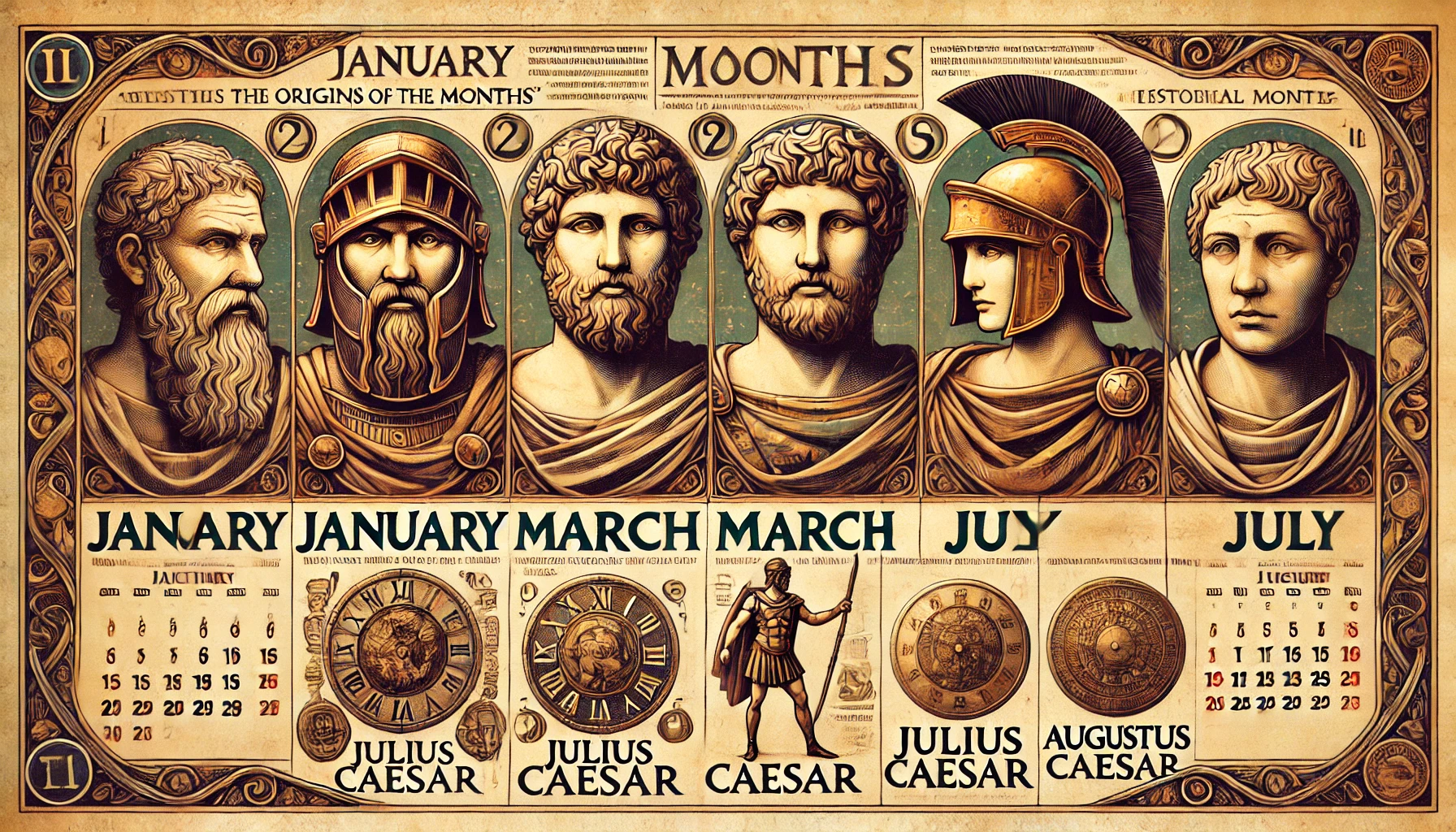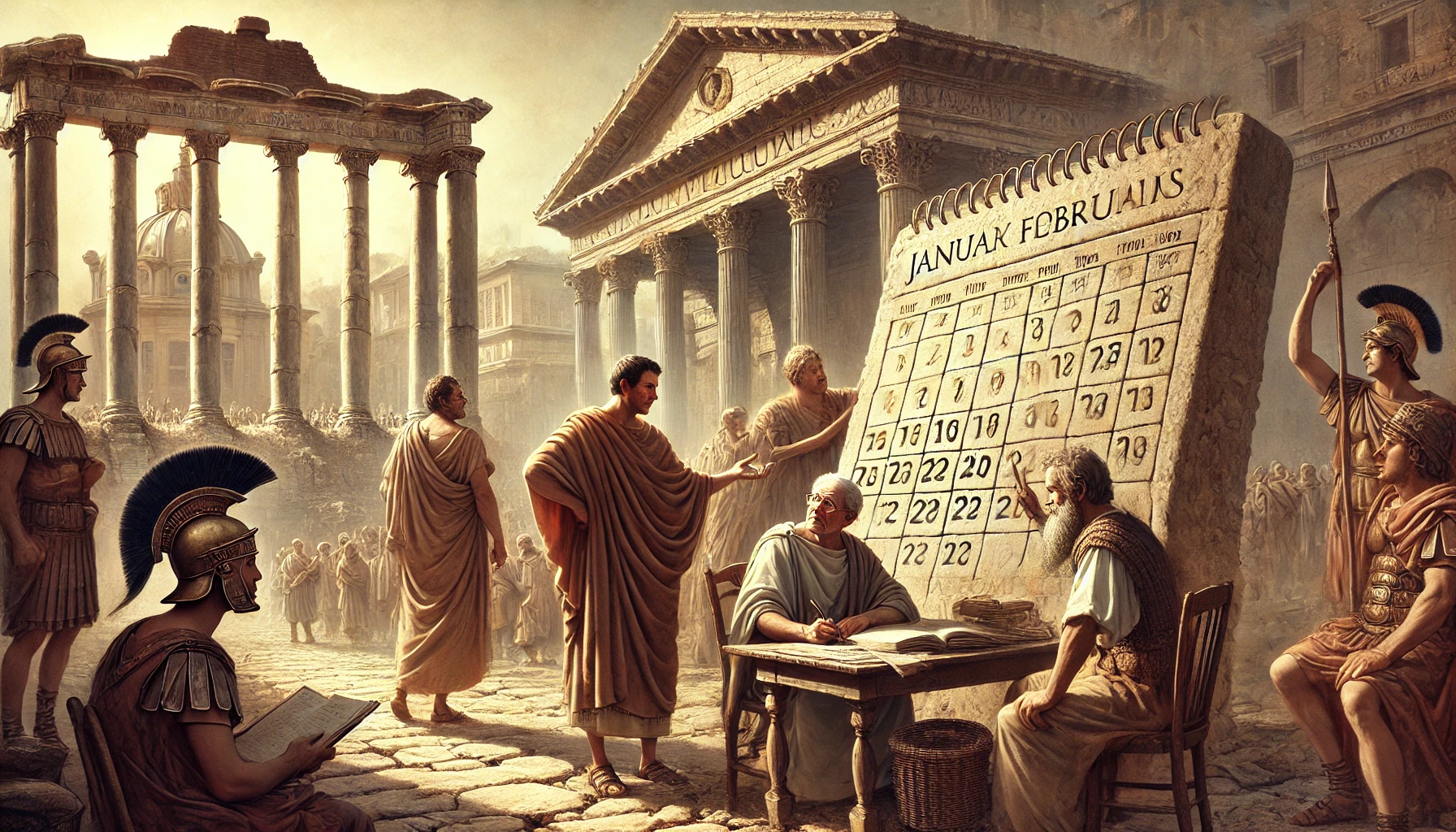Have you ever wondered why the months on the calendar have the names they do? The names of the months have fascinating origins, tracing back to gods, rulers, and even simple numbers. From ancient Rome to the modern calendar, here’s a deep dive into how each month got its name.
January: The Month of New Beginnings
January is named after Janus, the Roman god of beginnings, transitions, and endings. Often depicted with two faces—one looking forward and one looking back—Janus symbolized the shift from the old year to the new.
February: A Time for Purification
February takes its name from Februa, an ancient Roman festival of purification, celebrated on February 15th. The festival was linked to Lupercus, a Roman god believed to cleanse the city and protect it from harm—especially from wolves.
March: Honoring the God of War
March is named after Mars, the Roman god of war. In the original Roman calendar, March was the first month of the year, marking the beginning of the military campaign season.
April: The Month of Blossoms
April likely comes from the Latin word “aperire,” meaning “to open.” This is thought to refer to the opening of buds and flowers as spring arrives.

May: A Tribute to Growth and Fertility
May is named after Maia, a Roman goddess associated with fertility, spring, and growth. It was traditionally a time for celebrating renewal and new life.
June: The Month of Marriage and Family
June is named after Juno, the Roman goddess of marriage and childbirth. Even today, June remains a popular month for weddings, continuing this ancient tradition.
July: Honoring Julius Caesar
Originally called “Quintilis” (meaning “fifth month” in Latin), July was renamed in honor of Julius Caesar after his assassination. As the Roman general and statesman who reformed the calendar in 46 BC, his impact was so great that he earned a month in his name.
August: A Tribute to the First Emperor
August was originally known as “Sextilis” (meaning “sixth month”). It was later renamed to honor Augustus Caesar, the first emperor of Rome, because several key events in his life—such as his conquest of Egypt—occurred in this month.
September: The Seventh Month That’s Now the Ninth
September comes from the Latin “septem,” meaning “seven.” In the original Roman calendar, which began in March, September was the seventh month. However, with the later addition of January and February, it became the ninth month—though the name remained unchanged.

October: The Eighth Month (That’s Now the Tenth)
October is derived from “octo,” the Latin word for “eight.” Like September, it was pushed forward in the calendar but retained its original numbering.
November: The Ninth Month That’s Now the Eleventh
November comes from “novem,” which means “nine” in Latin. Though it is now the eleventh month, its name still reflects its original place in the Roman calendar.
December: The Final Month of the Year
December is named after “decem,” the Latin word for “ten,” as it was originally the tenth month of the Roman calendar before January and February were added.
A Calendar Rooted in History
The names of the months are a lasting tribute to Roman mythology, rulers, and traditions. Even though our modern calendar has shifted, these ancient names remain unchanged, connecting us to the history of timekeeping.
Now that you know the origins of the months, which one do you find the most interesting?

